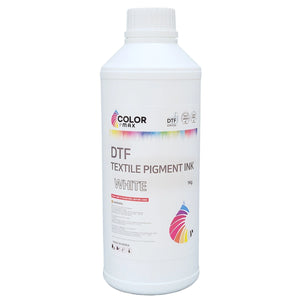DTF Materials: A Complete Guide to the Essential Components of DTF Printing 🖨️✨
In the world of DTF printing, the quality of your final prints largely depends on the materials you use. DTF materials play a crucial role in ensuring that your designs come out vibrant, durable, and ready for use. Whether you're printing custom apparel, promotional products, or stickers, choosing the right materials is essential for producing high-quality results.
This guide will take you through the different types of DTF materials, explain their uses, and help you understand how each material contributes to achieving perfect prints. We will also provide insights into the best practices for using DTF materials and how to select the right products for your printing needs.
For a deeper understanding of DTF printing, you can visit the Wikipedia page on DTF printing.
What Are DTF Materials? 🤔
DTF materials refer to the various components used in the Direct-to-Film (DTF) printing process. These materials are essential for transferring designs from a DTF printer to a substrate (such as fabric, paper, or other materials). The main components include transfer films, adhesive powders, inks, and heat transfer tools. Each of these materials has a specific function and is crucial for achieving high-quality prints.
Types of Materials 🌟
1. Transfer Films 🎥
These films are one of the most important materials in the printing process. They are coated with a special surface that allows ink to be applied easily and transferred onto fabric or other materials. The films come in various thicknesses and qualities, depending on the type of material you plan to print on.
There are two main types of films:
-
PET Transfer Film: Suitable for a wide range of materials, including textiles and synthetic fabrics.
-
Clear Transfer Film: Used for designs that require a transparent background, allowing for more intricate prints.
2. Adhesive Powders 🌈
After printing your design onto the transfer film, an essential step is to apply adhesive powder. This powder sticks to the wet ink and helps bond the ink to the substrate (like fabric) during the heat transfer process. The adhesive powder ensures that the design adheres properly to the material and maintains its integrity through multiple washes.
There are two main types of adhesive powders:
-
Cold Powder: Best for delicate fabrics and smaller designs.
-
Hot Powder: Suitable for larger, more robust designs and thicker materials.
3. Inks 💧
These are specially formulated for printing. They are designed to bond well with transfer films and are capable of producing vibrant, high-quality prints. There are several types of inks, including water-based, solvent-based, and UV inks. Each type is suited to different applications and materials.
Water-based inks are the most common, offering excellent color vibrancy and an eco-friendly option. They are widely used for general fabric printing. Solvent-based inks are more durable and can be used on harder surfaces, such as metal or plastic. UV inks, on the other hand, cure under UV light, making them ideal for printing on a variety of materials, including wood and glass.
4. Heat Transfer Tools 🌞
Heat transfer tools, particularly heat presses, are vital in the printing process. A heat press applies the right amount of heat and pressure to transfer the design from the transfer film to the final material (such as a t-shirt or mug). These presses come in different sizes, and selecting the right one depends on the size of the prints and the materials being used.
A multi-function heat press can handle a variety of materials, while specialized presses can be used for specific products like hats or mugs.
How to Choose the Right Materials for Your Business 🎯
Choosing the right materials is critical to achieving optimal print results. Here are some tips on how to choose the right materials for your business:
1. Consider Your Substrate 🧵
Different materials require different transfer films and adhesive powders. For example, fabrics like cotton may need different transfer films compared to synthetic fabrics. Make sure to choose materials that are specifically designed for the substrate you plan to print on.
2. Match the Ink Type to Your Application 🖋️
Depending on whether you're printing on fabric, plastic, or hard materials, you will need to choose the correct type of ink. For fabric printing, water-based inks are ideal, while for harder surfaces, solvent-based or UV inks are the best choices.
3. Quality Over Cost 💰
While it may be tempting to opt for cheaper materials, always prioritize quality. High-quality transfer films, inks, and powders will ensure that your prints are vibrant, durable, and resistant to wear and tear.
4. Understand the Heat Press Requirements ⚙️
Different heat presses are suited for different types of materials. Be sure to select a heat press that can handle the materials you're using, and make sure it’s capable of applying the right temperature and pressure for the best results.
Applications of These Materials 🧳
These materials are incredibly versatile and can be used in a wide variety of applications. Here are some common uses for printing:
1. Custom Apparel 👕
This process is popular for creating custom t-shirts, hoodies, and other clothing items. With the right materials, you can create vibrant, durable designs that last through multiple washes.
2. Promotional Products 🎁
From tote bags to mugs, these materials are perfect for creating promotional items. You can print custom logos or designs on a wide range of materials, making it ideal for corporate giveaways.
3. Personalized Gifts 🎉
With printing, you can create custom gifts such as phone cases, keychains, and pillows. These materials ensure that these items look great and remain intact over time.
4. Stickers and Decals 🏷️
If you’re in the business of making custom stickers or decals, these materials are a game-changer. The prints are sharp, vivid, and adhere well to a variety of surfaces.
Best Practices for Using These Materials 💡
To ensure the best results, follow these best practices when using these materials:
-
Preheat Your Substrate: Always preheat the material you're printing on to ensure the best adhesion.
-
Use the Right Curing Time and Temperature: Ensure that you set your heat press at the correct temperature and time for the best results.
-
Maintain Your Equipment: Regularly clean your printer and heat press to prevent any printing issues.
Internal Link Suggestion 🔗
For more information on printing, check out our guide on How to Choose the Best Printer to help improve your printing results.
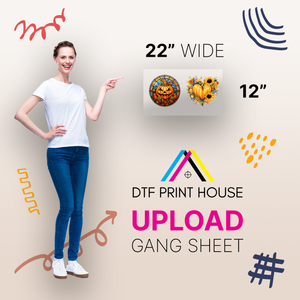
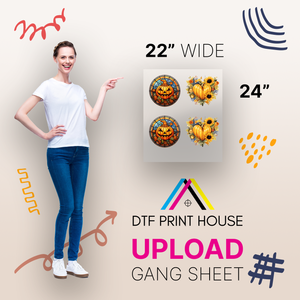 Vendor:DTF Print House
Vendor:DTF Print House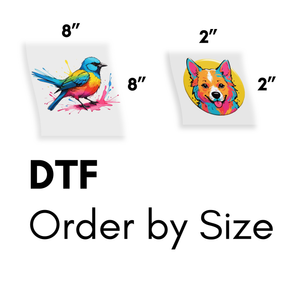
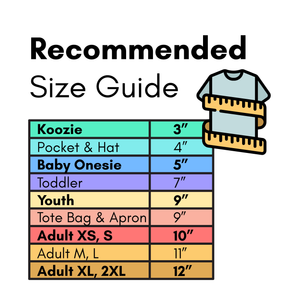 Vendor:DTF Print House
Vendor:DTF Print House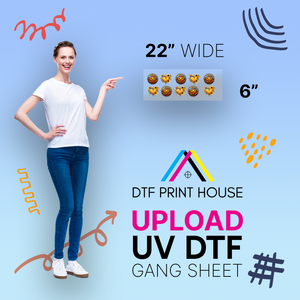
 Vendor:DTF Print House
Vendor:DTF Print House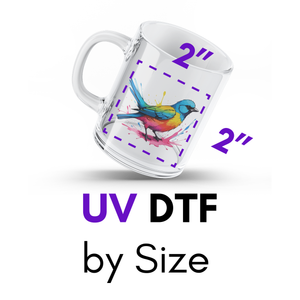 Vendor:DTF Print House
Vendor:DTF Print House